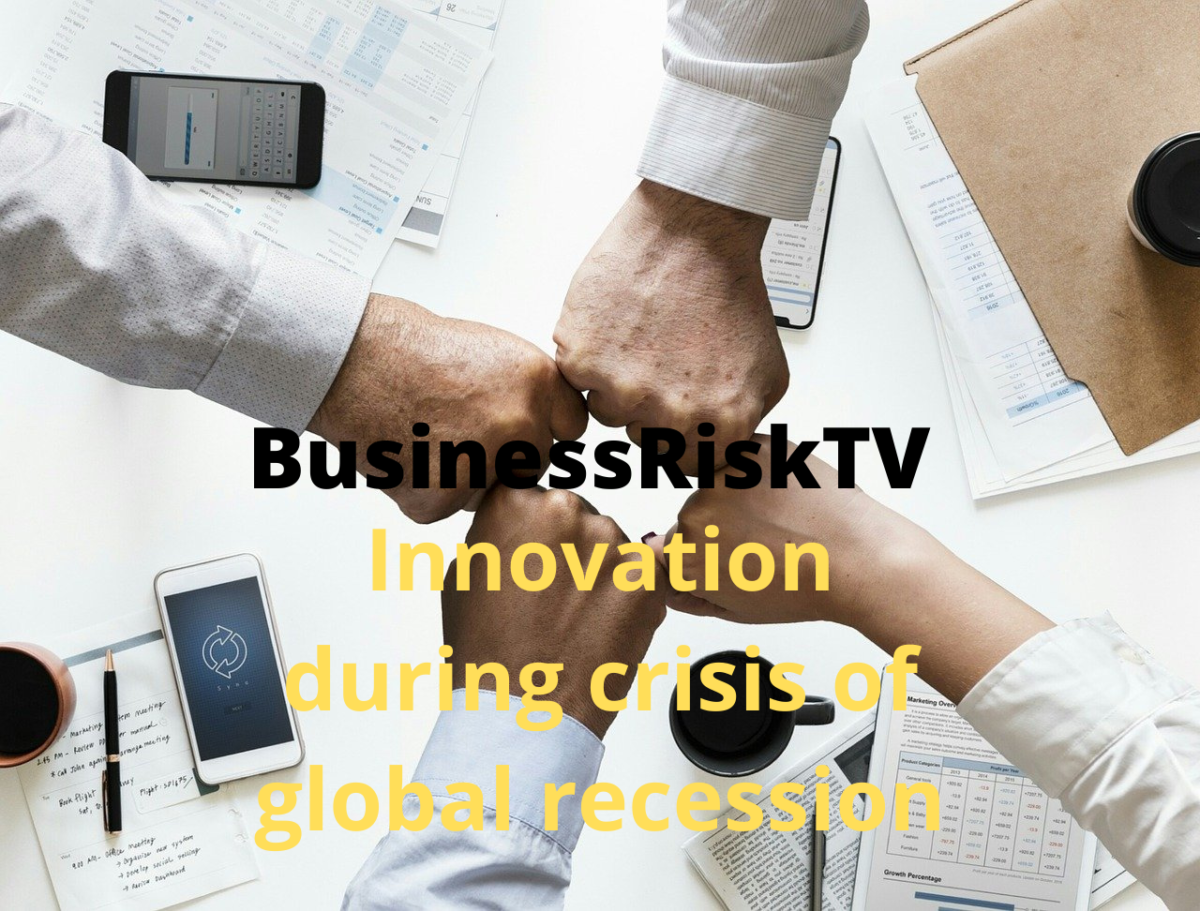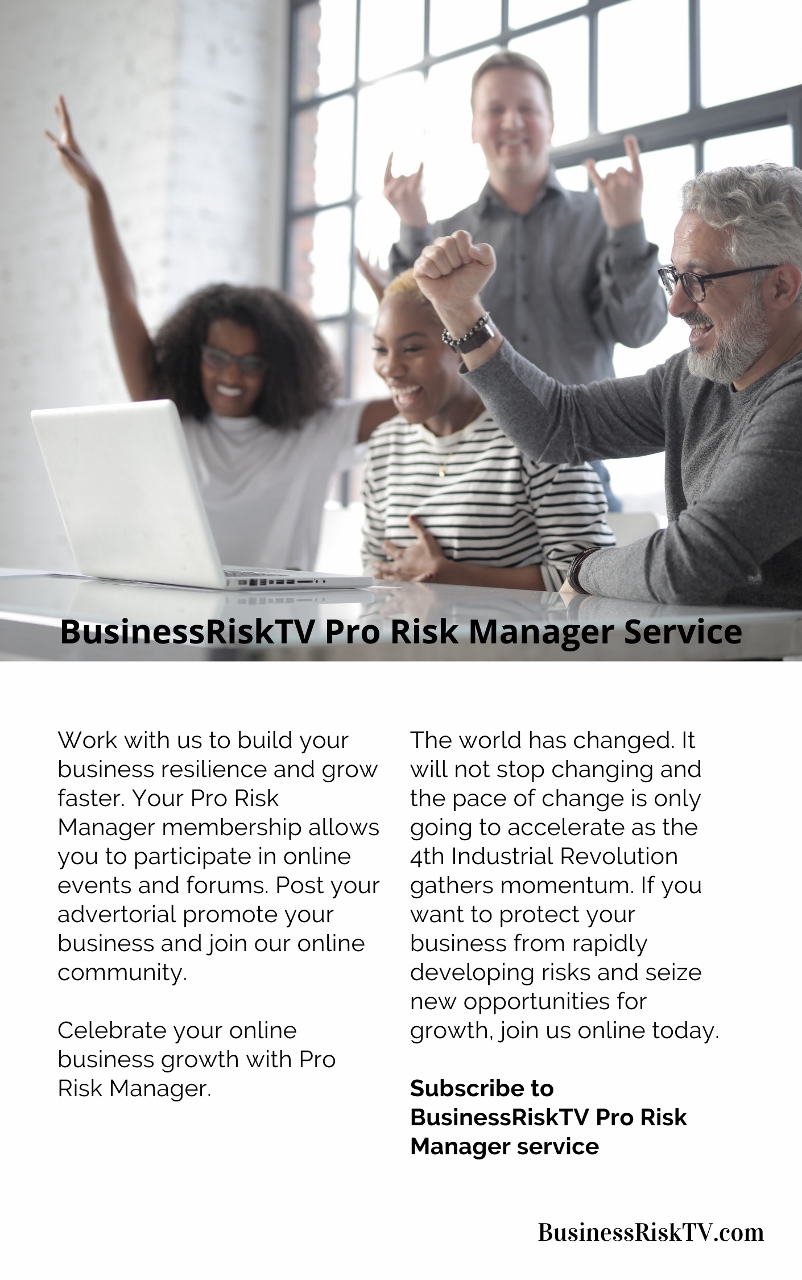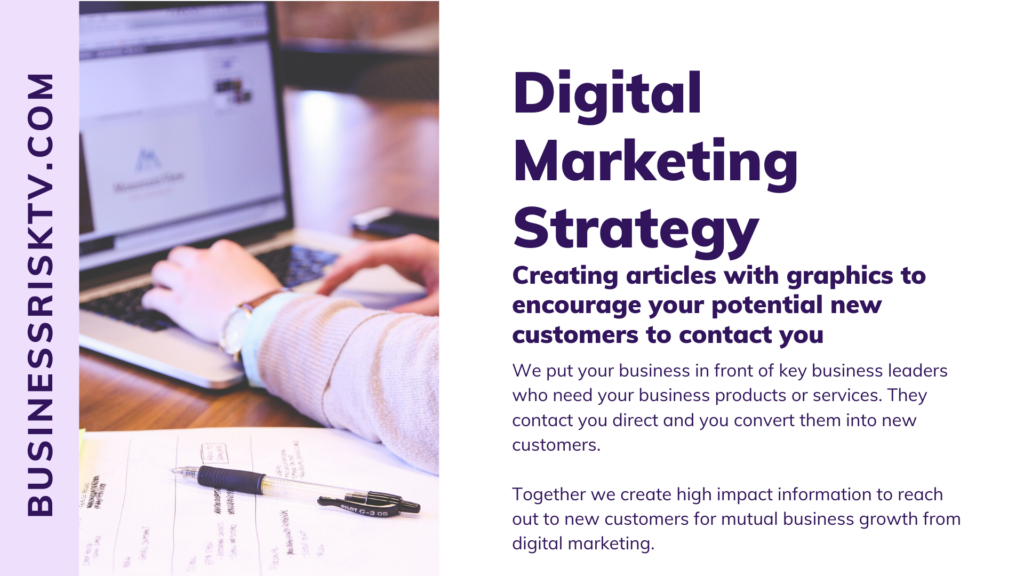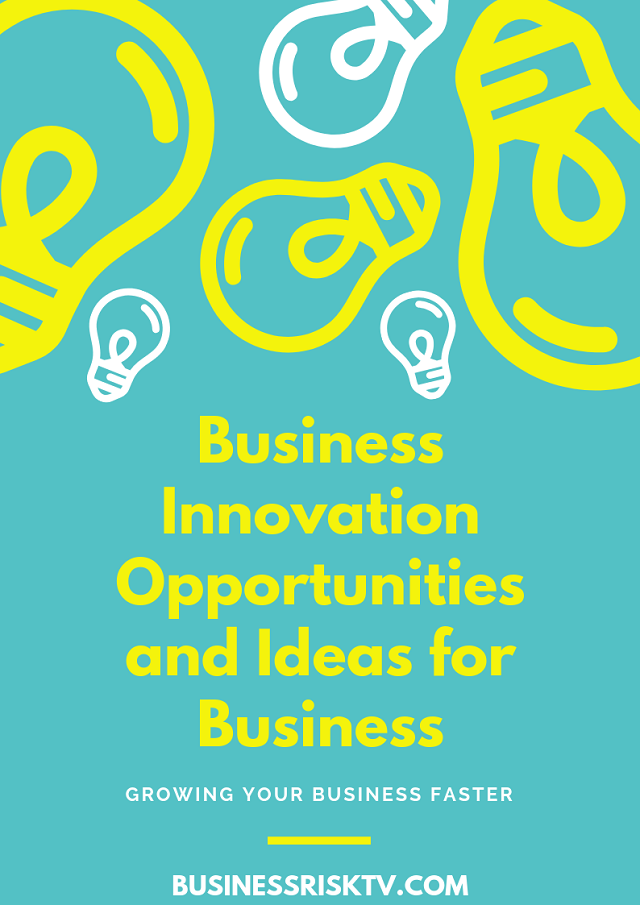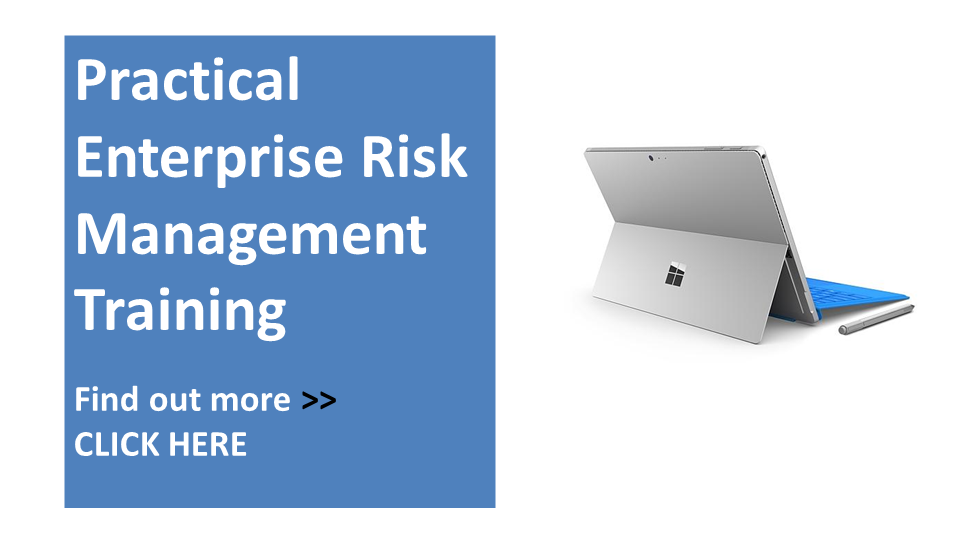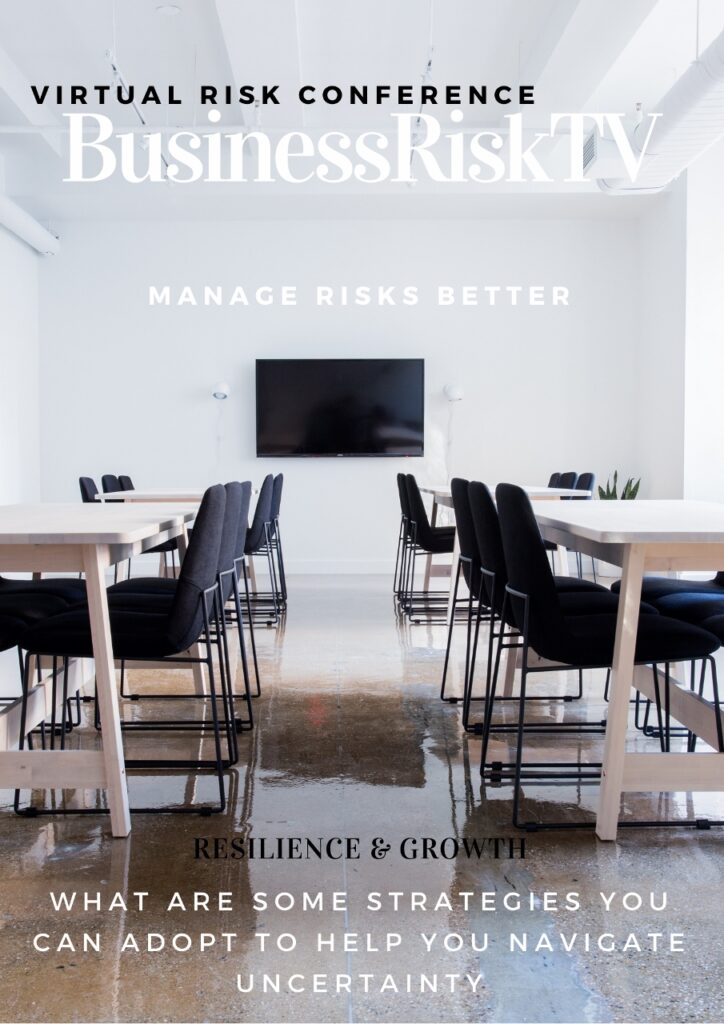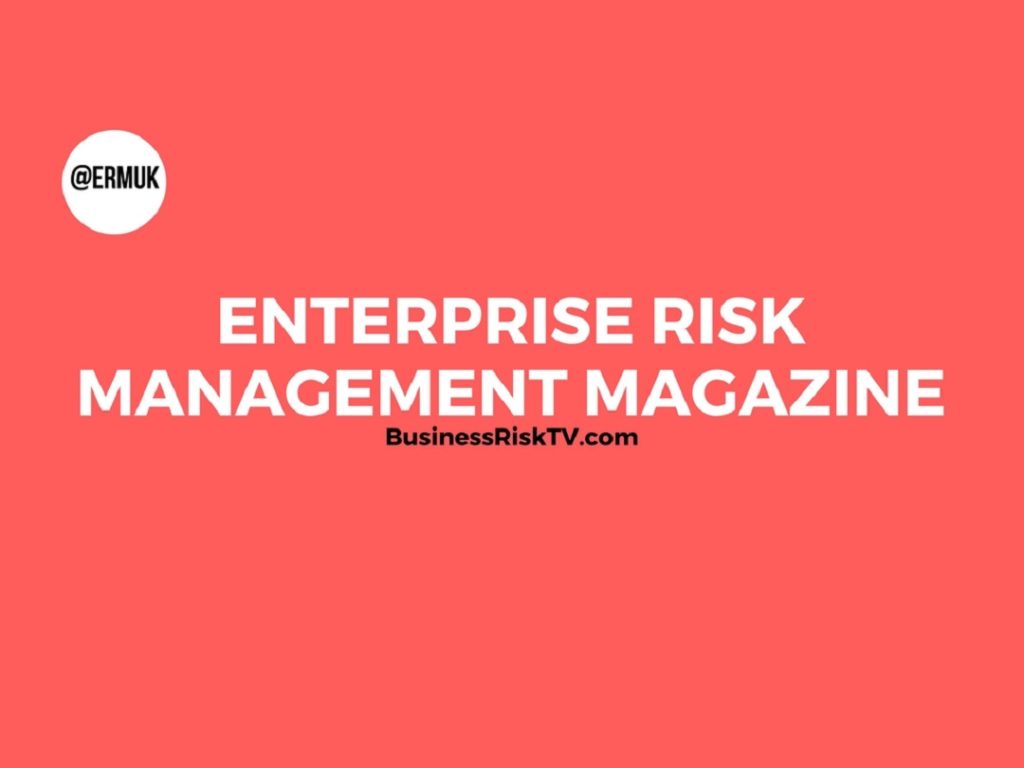The Quantum Computing Revolution: 15 Threats and Opportunities for Business Leaders
“Quantum computing isn’t just a future technology, it’s the future itself.” This statement, while perhaps a tad dramatic, captures the seismic shift that quantum computing will undoubtedly bring to the business world.
Exploring the pros and cons of quantum computing for businesses
Forget incremental improvements. Quantum computers promise to solve problems that are currently intractable for even the most powerful supercomputers. This isn’t science fiction. We’re on the cusp of a new era, where the lines between the impossible and the inevitable are blurring.
But what does this mean for you, the business leader? How can you navigate this uncharted territory? This article will explore 15 critical threats and opportunities that quantum computing presents, equipping you with the knowledge and foresight to capitalise on this revolutionary technology while mitigating its potential risks.
1. Threat: Data Encryption Breached
Quantum computers, with their unparalleled processing power, pose a significant threat to current encryption standards. Many of the encryption methods we rely on today, such as RSA and elliptic curve cryptography, could be easily broken by a sufficiently powerful quantum computer. This has serious implications for data security, financial transactions, and national security.
2. Opportunity: Develop Quantum-Resistant Encryption
Proactive organisations can seize the opportunity to develop and implement quantum-resistant encryption algorithms. This involves exploring alternative cryptographic methods, such as lattice-based cryptography and code-based cryptography, that are believed to be resistant to quantum attacks.
3. Threat: Supply Chain Disruptions
The development of quantum computing will likely lead to significant disruptions in various industries. Companies that heavily rely on existing technologies may find themselves at a competitive disadvantage as quantum-powered solutions emerge. This could lead to supply chain disruptions and the obsolescence of existing products and services.
4. Opportunity: Gain a First-Mover Advantage
Forward-thinking businesses can gain a significant first-mover advantage by embracing quantum computing early on. By investing in research and development, acquiring the necessary skills, and exploring potential applications, companies can position themselves at the forefront of the quantum revolution.
5. Threat: Loss of Competitive Advantage
Companies that fail to adapt to the quantum computing revolution risk losing their competitive advantage. Competitors who successfully leverage quantum technologies will gain significant efficiencies, develop innovative products, and unlock new markets, leaving those unprepared far behind.
6. Opportunity: Drive Innovation and Differentiation
Quantum computing can be a powerful driver of innovation and differentiation. By harnessing the power of quantum algorithms, companies can develop novel materials, optimise complex systems, and create entirely new products and services, giving them a distinct edge in the marketplace.
7. Threat: Job Displacement
As quantum computing automates tasks previously performed by humans, there is a potential for job displacement in certain sectors. This could lead to social and economic disruption, requiring significant workforce retraining and upskilling initiatives.
8. Opportunity: Create New Jobs and Skill Sets
The quantum computing revolution will also create new jobs and demand for new skill sets. By investing in education and training programmes, companies can ensure they have a skilled workforce to develop, implement, and maintain quantum technologies.
9. Threat: Cybersecurity Risks
Quantum computers can be used for malicious purposes, such as developing sophisticated malware and cracking security systems. This poses a significant threat to cybersecurity, requiring organisations to invest in robust defences and implement proactive security measures.
10. Opportunity: Enhance Cybersecurity
On the other hand, quantum computing can also be used to enhance cybersecurity. Quantum key distribution (QKD) offers a secure method for exchanging cryptographic keys, making it virtually impossible for eavesdroppers to intercept communications.
11. Threat: Regulatory Uncertainty
The rapid advancement of quantum computing raises complex regulatory challenges. Governments and regulatory bodies are still grappling with how to regulate this emerging technology, creating uncertainty for businesses and hindering innovation.
12. Opportunity: Shape the Regulatory Landscape
Proactive engagement with policymakers is crucial. By actively participating in the development of regulatory frameworks, businesses can help ensure that regulations are appropriate, balanced, and conducive to innovation.
13. Threat: Ethical Considerations
The development and deployment of quantum computing raise important ethical considerations. Issues such as data privacy, algorithmic bias, and the responsible use of powerful technologies need to be carefully addressed.
14. Opportunity: Demonstrate Ethical Leadership
Companies can demonstrate ethical leadership by prioritising responsible innovation and ensuring that quantum technologies are developed and used in a manner that benefits society as a whole.
15. Threat: Lack of Skilled Workforce
A significant shortage of skilled professionals in quantum computing poses a major challenge. Finding and retaining talent with expertise in quantum physics, computer science, and engineering will be crucial for businesses to succeed in this emerging field.
Opportunity: Invest in Education and Training
Investing in education and training programs at all levels is essential to develop a skilled quantum workforce. This includes supporting university research, fostering collaborations between academia and industry, and providing ongoing professional development opportunities for employees.
Conclusion
The quantum computing revolution is upon us. It’s a time of both immense promise and significant challenges. By carefully assessing the threats and seizing the opportunities, businesses can navigate this uncharted territory, unlock new frontiers of innovation, and thrive in the quantum age.
This is not a time for complacency. Proactive planning, strategic investments, and a commitment to ethical and responsible innovation will be crucial for success. The future of business depends on it.
Get help to protect and grow your business faster
Find out more about Business Risk Management Club Corporate Membership
Subscribe for free business risk management tips reviews and cost reduction ideas
Read more business risk management articles and watch videos for free

Quantum computing impact on business strategy : Quantum computing risks management BusinessRiskTV.com #QuantumComputing #BusinessLeadership #QuantumTech #FutureOfBusiness #Innovation #BusinessRiskTV #ProRiskManager #RiskManagement
Read More Threats and Opportunities for Business Leaders :
-
Quantum computing impact on business strategy 2025
-
Mitigating quantum computing risks for enterprises
-
Developing a quantum computing roadmap for your company
-
Quantum computing opportunities in your industry
-
Quantum computing skills gap and how to address it
The Quantum Computing Revolution: 15 Threats and Opportunities for Business Leaders


